House of Stuart & The Commonwealth AD 1603-1685
Medieval House of Stuart coins for sale.
Following the accession of James VI Stuart of Scotland to the English throne in 1603 as James I, the royal titles and coat of arms on the coinage was altered accordingly. Reduction of the weight of the gold pound in 1604 led to the issue of a new coin, the Unite. This was later replaced in 1619 by a lighter twenty shilling piece, the Laurel.
Notable also was the introduction of copper farthings struck under licence granted to Lord Harington of Exton in 1613, driven by public pressure for a low value coinage. The Duke of Lennox subsequently took over this authorisation.
During the reign of Charles I, a diverse coinage reflected political and economic changes. Good quality machine manufactured coins were produced by the frenchman Nicholas Briot, but the process was still not fast enough to replace hand striking. Noteworthy is that a mint to utilize Welsh mined silver was set up at Aberystwyth in 1637 and copper farthings continued to be privately minted under license by the Duchess of Richmond and subsequently the heir to the Earl of Arundel, Henry Howard (Lord Maltravers).
The English Civil War (AD 1642-1649) brought about the opening of mints in some provincial towns under Royalist control. Charles’ ‘Declaration’ of 1642 is shown abbreviated on many pieces minted at this time, known as ‘Declaration Pieces’. In addition, impressive, high value issues such as gold triple unites and silver pounds were produced. Also of note are the unusual-shaped emergency issues struck during the sieges of Newark, Pontefract and other towns.
Following the execution of Charles I, The Commonwealth under Oliver Cromwell, issued coins with English inscriptions. The Unite continued as the highest value gold coin and the crown in silver; the last silver halfpenny was issued during this period. Cromwell, as Lord Protector, authorised a series of machine produced portrait coins in gold, silver and copper, though few circulated.
Following the restoration of the monarchy under Charles II, the ancient process of hand hammered coining was finally superceded in 1663 by milling machines. Coins of Charles II struck in this way will be found in our ‘Milled coins’ section.
Showing 1–40 of 132 results
-
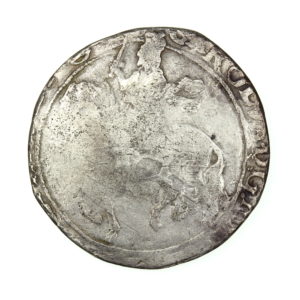
Charles I 1625-1649AD Silver Halfcrown Tower mint mm. Triangle in Circle
£75.00Code: KM462
View Item -
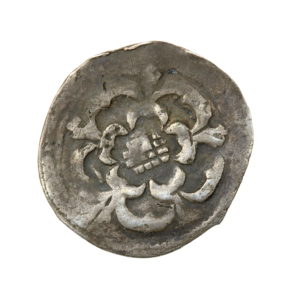
Charles I 1625-1649AD Silver Halfpenny Rose each side no mintmark
£69.00Code: RM79
View Item -
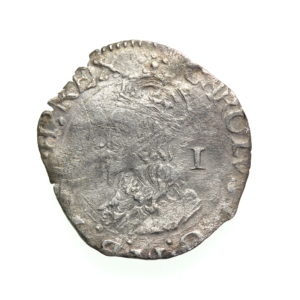
Charles I 1625-1649AD Silver Penny
£69.00Code: HM962
View Item -
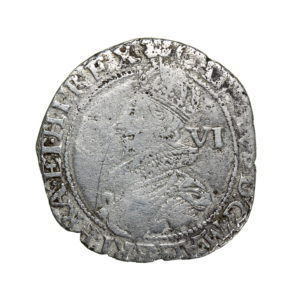
Charles I 1625-1649AD Silver Sixpence 3rd Bust mm. Plume
£125.00Code: HM166
View Item -
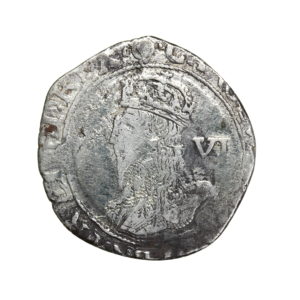
Charles I 1625-1649AD Silver Sixpence 4th Bust mm. Harp
£125.00Code: HM168
View Item -
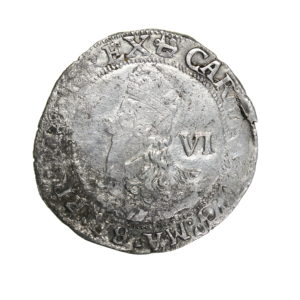
Charles I 1625-1649AD Silver Sixpence 5th Bust mm. Anchor
£95.00Code: HM173
View Item -
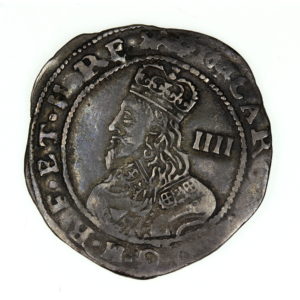
Charles I AD 1625-1649 Silver Groat Provincial series AD 1644 Exeter
£675.00Code: CM661
View Item -
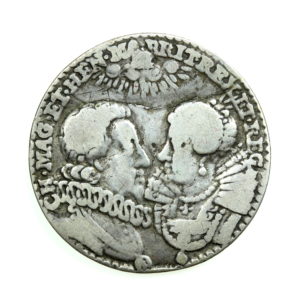
Charles I AD 1625-1649 Silver Medal Wedding Charles / Henrietta Maria
£125.00Code: GM189
View Item -
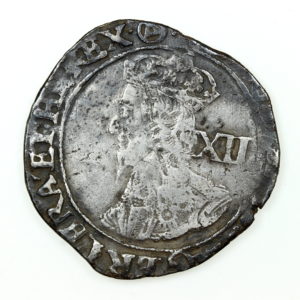
Charles I AD 1625-1649 Silver Shilling
£89.00Code: GM40
View Item -
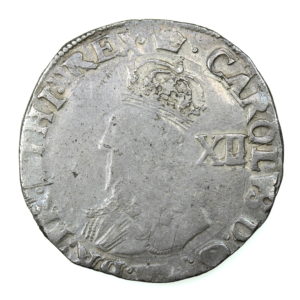
Charles I AD 1625-1649 Silver Shilling
£145.00Code: GM626
View Item -
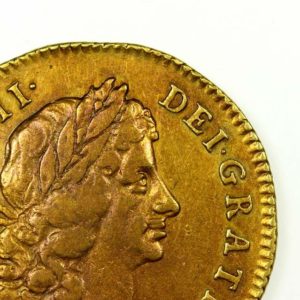
Charles II AD 1660-1685 Gold Guinea AD 1669 Wonderful Red/Purple Tone
£4,950.00Code: NM53
View Item -
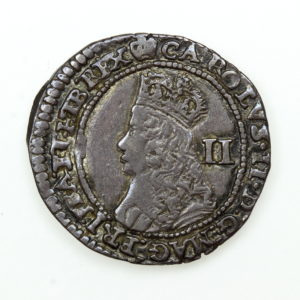
Charles II AD 1660-1685 Silver Twopence
£135.00Code: GM42
View Item -
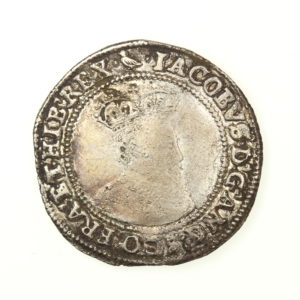
Ireland James I 1603-1625AD Silver Shilling 1st Coinage, 2nd bust mm. Martlet
£250.00Code: RM286
View Item -
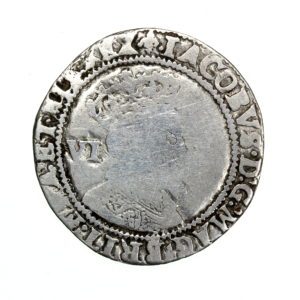
James I 1603-1625AD Silver Sixpence 1605AD mm. Lis Gunpowder Plot
£125.00Code: HM136
View Item -
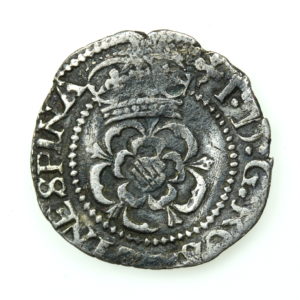
James I AD 1603-1625 Silver Halfgroat
£69.00Code: GM169
View Item -
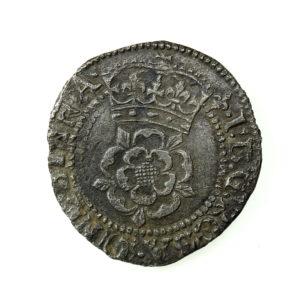
James I AD 1603-1625 Silver Halfgroat
£86.00Code: GM262
View Item -
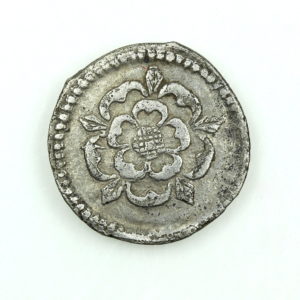
James I AD 1603-1625 Silver Halfpenny
£125.00Code: CM923
View Item -
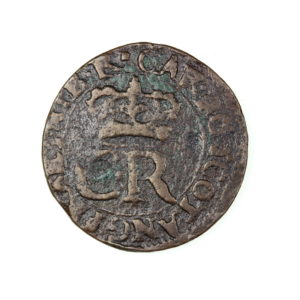
Scotland Charles I AD 1625-1649 Copper Two Pence (Turner or Bodle) Earl of Stirling coinage
£95.00Code: CM549C
View Item -
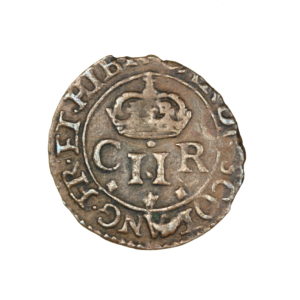
Scotland Charles I AD 1625-1649 Copper Two Pence (Turner) Earl of Stirling coinage
£195.00Code: CM548C
View Item -
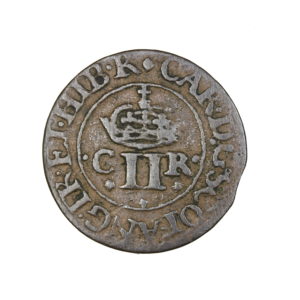
Scotland Charles I AD 1625-1649 Copper Two Pence (Turner) Earl of Stirling coinage
£195.00Code: CM550C
View Item -
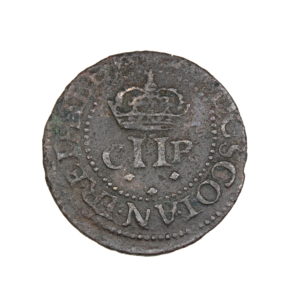
Scotland Charles I AD 1625-1649 Copper Two Pence (Turner) Earl of Stirling coinage
£125.00Code: CM551C
View Item -
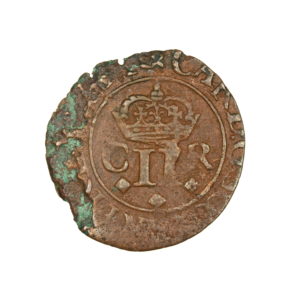
Scotland Charles I AD 1625-1649 Copper Two Pence (Turner) Earl of Stirling coinage
£75.00Code: CM552C
View Item -
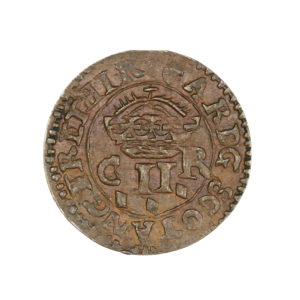
Scotland Charles I AD 1625-1649 Copper Two Pence (Turner) Earl of Stirling coinage
£295.00Code: CM553C
View Item -
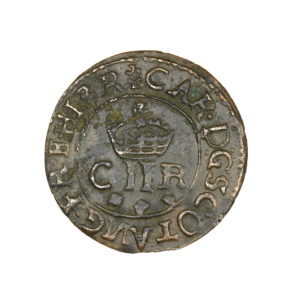
Scotland Charles I AD 1625-1649 Copper Two Pence (Turner) Earl of Stirling coinage
£185.00Code: CM554C
View Item -
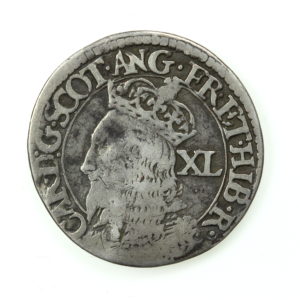
SCOTLAND Charles I AD 1625-1649 Silver Forty Pence
£145.00Code: GM174
View Item -
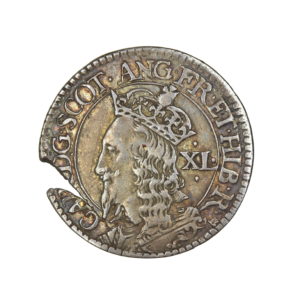
Scotland Charles I AD 1625-1649 Silver Forty Pence Briot’s Third coinage
£375.00Code: CM510C
View Item -
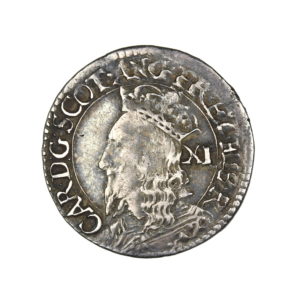
Scotland Charles I AD 1625-1649 Silver Forty Pence Third coinage Falconer’s first issue
£350.00Code: CM508C
View Item -
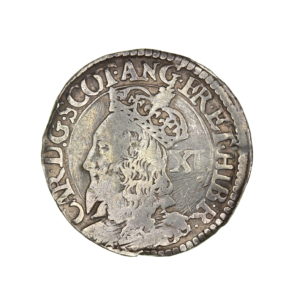
Scotland Charles I AD 1625-1649 Silver Forty Pence Third coinage Falconer’s first issue
£250.00Code: CM509C
View Item -
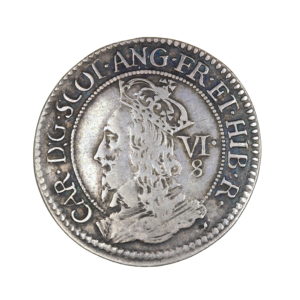
Scotland Charles I AD 1625-1649 Silver Half Merk Briot’s third coinage
£895.00Code: CM504C
View Item -
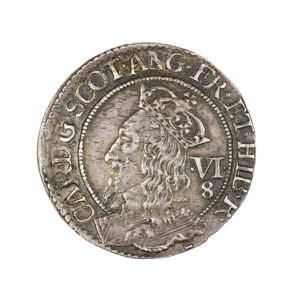
Scotland Charles I AD 1625-1649 Silver Half Merk Briot’s third coinage
£895.00Code: CM505C
View Item -
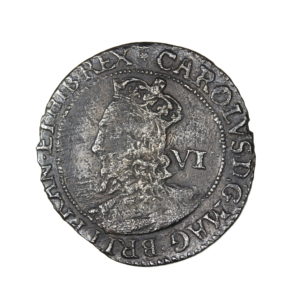
Scotland Charles I AD 1625-1649 Silver Six Shillings Third coinage Falconer’s second issue with F
£295.00Code: CM507C
View Item -
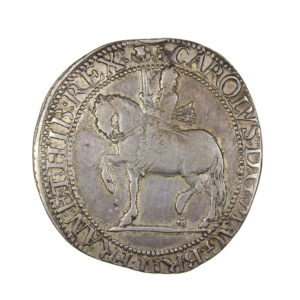
Scotland Charles I AD 1625-1649 Silver Thirty Shillings Third coinage Falconer’s issue
£575.00Code: CM494C
View Item -
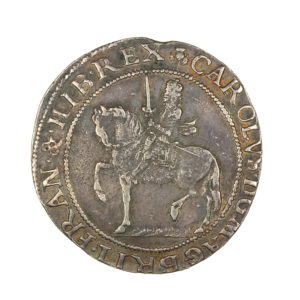
Scotland Charles I AD 1625-1649 Silver Thirty Shillings Third coinage Falconer’s issue
£695.00Code: CM497C
View Item -
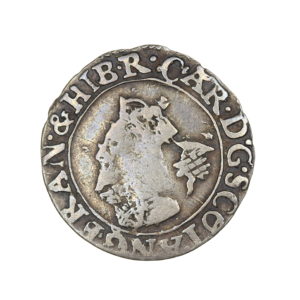
Scotland Charles I AD 1625-1649 Silver Three Shillings Fourth coinage 1642
£375.00Code: CM511C
View Item -
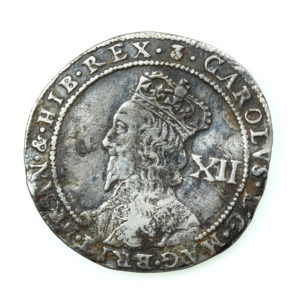
SCOTLAND Charles I AD 1625-1649 Silver Twelve Shillings
£295.00Code: GM176
View Item -
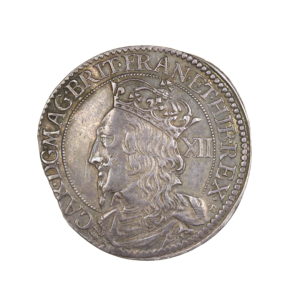
Scotland Charles I AD 1625-1649 Silver Twelve Shillings Briots Third coinage
£795.00Code: CM500C
View Item -
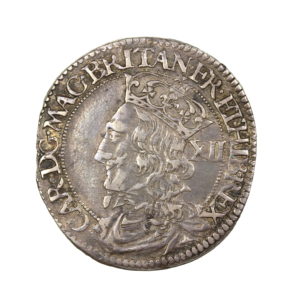
Scotland Charles I AD 1625-1649 Silver Twelve Shillings Third coinage Falconer’s issue
£675.00Code: CM502C
View Item -
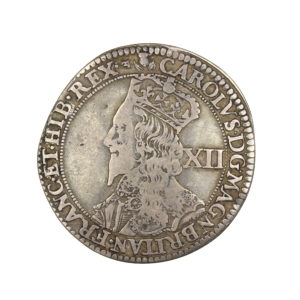
Scotland Charles I AD 1625-1649 Silver Twelve Shillings Third coinage Falconer’s second issue
£495.00Code: CM503C
View Item -
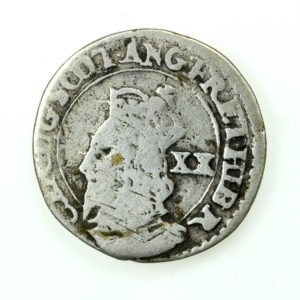
SCOTLAND Charles I AD 1625-1649 Silver Twenty Pence
£69.00Code: GM175
View Item -
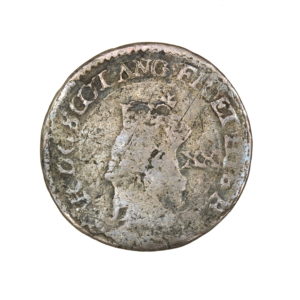
Scotland Charles I AD 1625-1649 Silver Twenty Pence Briot’s Third Coinage
£75.00Code: CM547C
View Item






